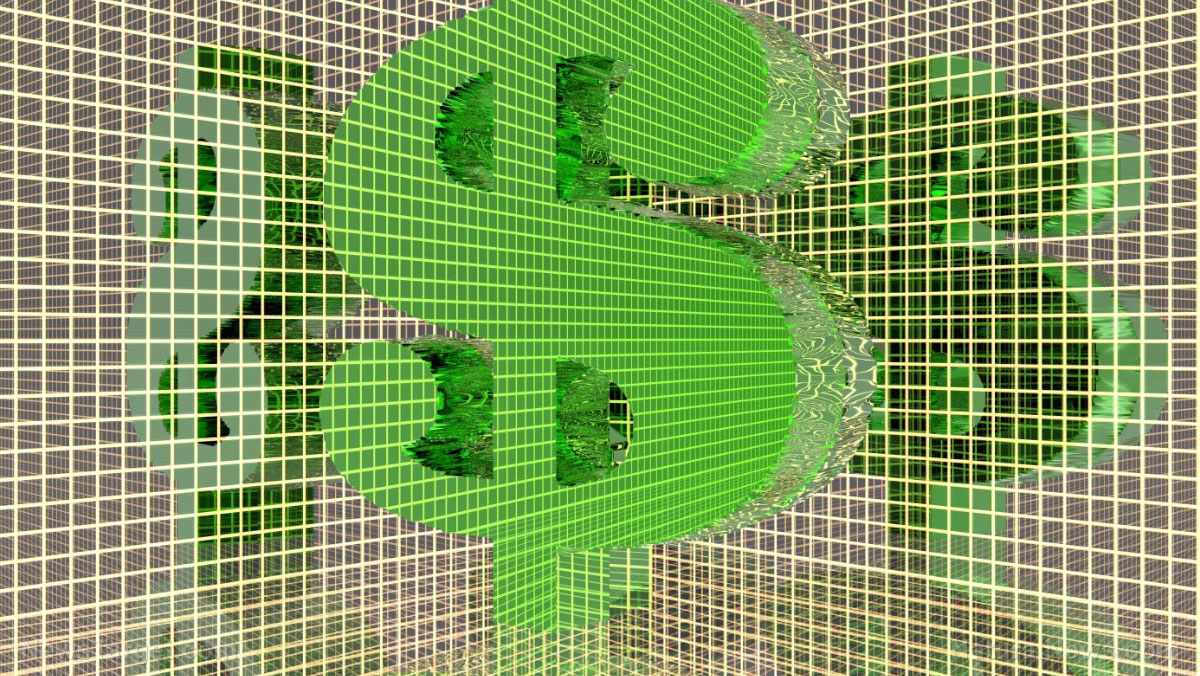 Parler
Parler Gab
Gab
- NFT trading volume fell 24% in Q1 2025 as focus shifts from speculation to utility-driven applications.
- Key sectors include gaming economies, AI agent identity systems and machine-to-machine authentication.
- Domain NFTs and real-world assets grew steadily despite reduced art sales.
- Social wallets simplify NFT access, enabling millions to interact with Web3 platforms.
- Experts argue NFT infrastructure growth, not speculative booms, signals real innovation.
A shift from speculation to practical utility
The NFT market’s maturation mirrors blockchain’s broader focus on functionality. While early NFTs like CryptoPunks and digital art fueled a $25 billion peak in 2021, today’s applications are centered on tangible use cases, such as interoperable gaming assets and AI frameworks. Gaming ecosystems exemplify this shift: platforms like Mythical and The Sandbox allow players to trade "weapon skins," virtual land and character items across platforms. "These assets are no longer just aesthetics — they drive entire economies," says a Mythical Games developer. Meanwhile, domain NFTs secure digital identities, and projects like Peaq issue "machine NFTs" to grant autonomous agency to vehicles and drones. ReinforcedAI’s Brian Siegel likens NFTs to "digital atoms for Web3 systems," critical for encoding AI audit trails and decentralized validation. "Imagine NFTs as legally enforceable credentials for digital labor," he adds, referencing their use in certifying developer audits.NFTs as identity anchors in the AI age
A key driver of NFT adoption is their role in enabling autonomous AI agents. These code-based "workers" on frameworks like Bittensor require self-sovereign identities, which NFTs provide as immutable identifiers. ReinforcedAI issues NFTs to auditors, granting encrypted access and fractional rewards. Similarly, Bittensor’s Subnets use NFTs to govern machine-to-machine interactions — enabling drones to autonomously execute smart contracts for charging fees or data sharing. "NFTs give machines agency," explains Peaq’s Adam Thompsett.Social wallets democratize NFT access
The 2021 "Bored Ape" craze positioned NFTs as cultural curiosities. Today, their role as foundational infrastructure redefines the digital economy — not as ephemeral trends, but as enduring assets. User-friendly social wallets bridge the gap between NFT complexity and mass adoption. Unlike traditional crypto wallets requiring private keys, platforms such as Index let users sign in via email or social media, making NFTs accessible for daily interactions. Features like Discord’s profile NFTs and TikTok achievements now rely on NFTs, with over 50% of 18–34-year-olds using them daily. "Users don’t realize they’re interacting with NFTs — they’re just joining communities," explains Lena Costa of BitYiddle. Even Starbucks is piloting NFT-based loyalty programs, marking a mainstream tipping point.The infrastructure layer defines the future
NFTs have outgrown their speculative past. Their true value now lies in enabling decentralized identity standards, transaction protocols and AI agency — not as digital novelties, but as the bedrock of Web3. While critics fixate on volume declines, pioneers see this as foundational progress. "The revolution isn’t in price surges—it’s in seamless integration," Sethi concludes. As NFTs quietly build the infrastructure of tomorrow’s digital economy, the sector enters a "stealth mode" of growth, laying the groundwork for Web3’s next decade. Sources for this article include: CoinTelegraph.com AInvest.com Economist.comFord production plants halt manufacturing due to SHORTAGE of rare-earth magnets
By Ava Grace // Share
U.K. police deploy controversial AI surveillance tool built by Palantir
By Laura Harris // Share
War as cover for financial collapse: How Middle East conflict could accelerate dollar’s demise
By Finn Heartley // Share
By Lance D Johnson // Share
Governments continue to obscure COVID-19 vaccine data amid rising concerns over excess deaths
By patricklewis // Share
Tech giant Microsoft backs EXTINCTION with its support of carbon capture programs
By ramontomeydw // Share
Germany to resume arms exports to Israel despite repeated ceasefire violations
By isabelle // Share










